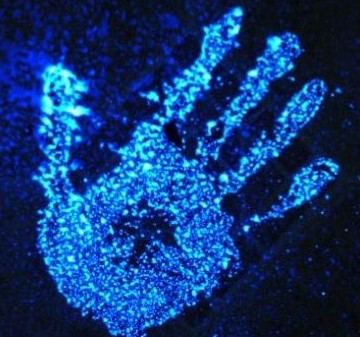Hi! I’m Dr. Heather Burkard.
I’m a Criminologist and Forensic Specialist with over 25 years of experience in criminal justice, forensics, and higher education. I’ve worked as a crime scene investigator, medicolegal death investigator, and prosecutorial investigator, and I’m passionate about connecting real-world forensic science to the classroom.
I’m a court-qualified expert in crime scene investigation, and my research interests include forensic science, death investigations, and investigative methodology. I’ve taught at both the undergraduate, graduate, and doctoral levels for more than a decade, and I stay actively engaged in the field through professional development, collaboration with investigators, and by staying up to date on current research and evolving forensic and investigative techniques.
I am also a member of CMPD's Homicide Cold Case Team, and at CU, I teach a hands-on homicide cold case review team class. This course gives select in-person students the opportunity to work on real unsolved homicide cases with me. It’s one of my favorite ways to connect students with meaningful, applied learning experiences.
And my connection to the field doesn’t stop with me — my husband is a Homicide Sergeant with CMPD in Charlotte, where he’s served for 25 years. You may have even seen him featured on several episodes of The First 48.
I’m looking forward to our engagement while you puruse your degree at CU!

Office: Deeds Hall 203 D
Office # 336-714-7920